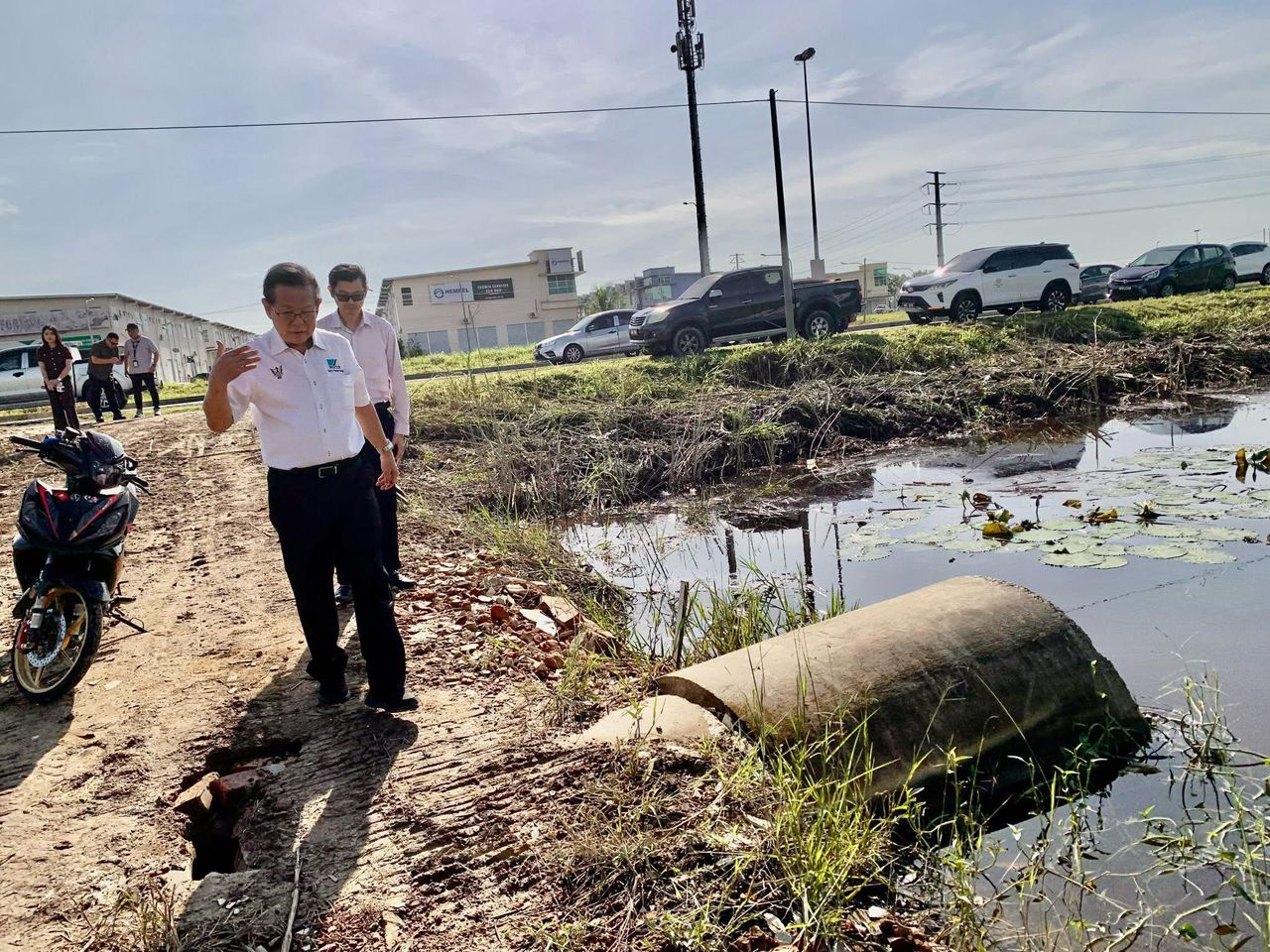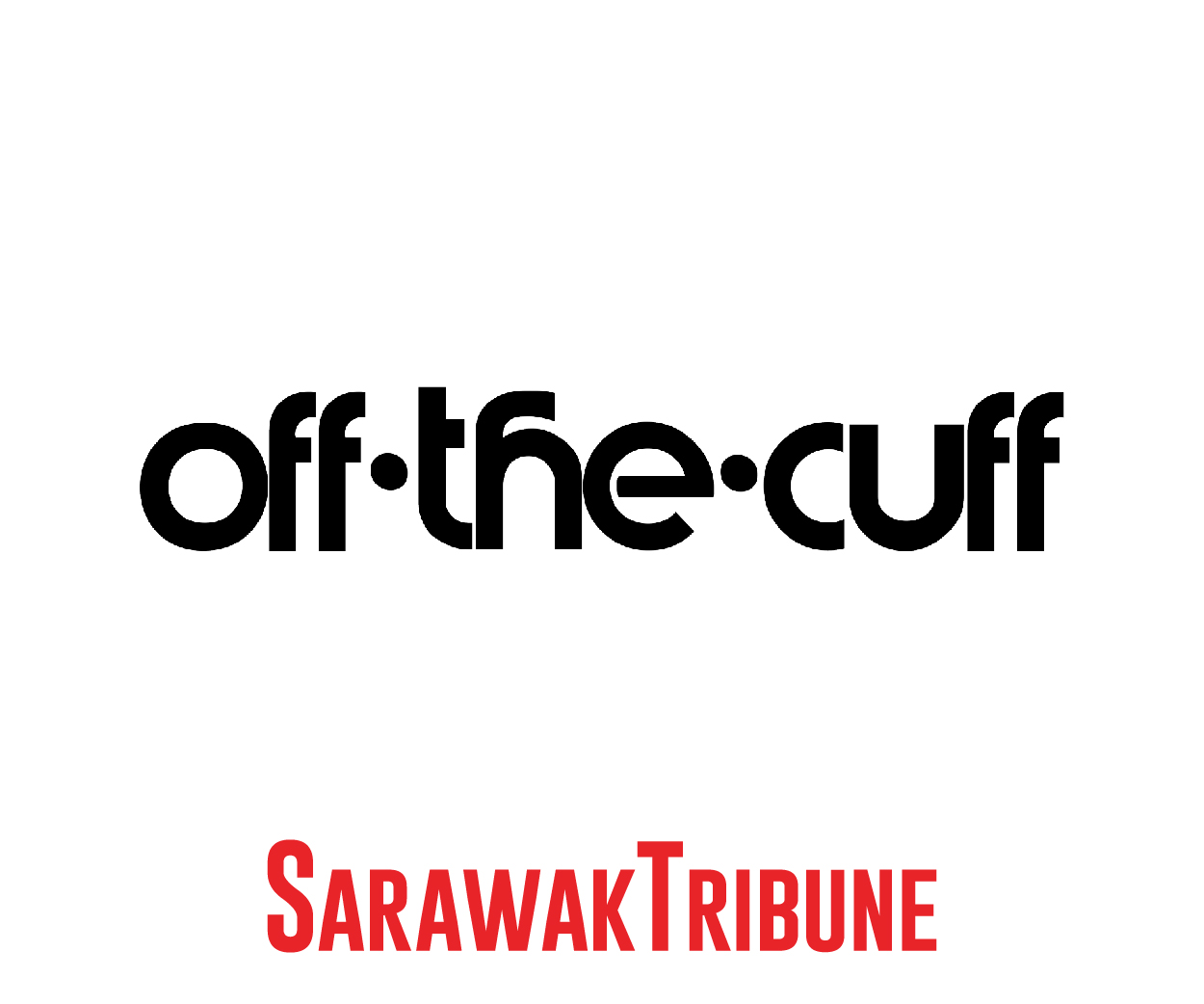SIBU: Sarawak’s decision to keep the youth age threshold at 40 is driven by its commitment to people-centric policy and grounded in its economic and social realities.
Deputy Minister for Public Health, Housing and Local Government, Datuk Michael Tiang Ming Tee expressed firm support for the Sarawak government’s decision to retain the current youth age definition.
“This policy position, as highlighted by Tourism, Creative Industry and Performing Arts Minister and Sarawak United National Youth Organisation (SABERKAS) president, Datuk Seri Abdul Karim Rahman Hamzah, is formulated based on Sarawak’s unique social context, economic structure and actual needs in youth development.
“It reflects Sarawak’s practical and people-oriented approach to autonomous policy-making,” he said in response to the Federal Government’s recent move to lower the national youth age limit from 40 to 30.
Tiang, who is also SABERKAS vice-president, added that in Sarawak, particularly in rural and less urbanised areas, many youths are still pursuing higher education, undergoing skills training, or just starting to build their careers and families by the age of 30.
“Redefining youth as only those under 30 would immediately exclude a large segment of Sarawakian young adults aged 30 to 39, who are in the prime of their personal development, family building and civic engagement.
“This would severely limit their access to resources, participation in policymaking, eligibility for entrepreneurship aid, involvement in youth organisations, and opportunities for advancement.
“Furthermore, many government programmes and initiatives, such as youth entrepreneurship loans, employment training schemes, youth development funds, volunteerism, and grassroots organisations, would no longer cover the majority of Sarawak’s “actual youths” if restricted to those under 30,” he said.
Tiang acknowledged the Federal Government’s aim of redefining the youth category to better allocate national resources, but cautioned that directly applying such a policy in Sarawak could lead to unintended consequences.
He said that a rigid age limit would result in reduced policy coverage and disruption in talent supports.
“It would also create leadership gaps within youth organisations, as experienced members in their 30s currently holding leadership positions would have to step down, weakening institutional memory and guidance.
“For instance, SABERKAS allocates 30 per cent of its leadership roles to experienced members over 40 to ensure mentorship and continuity alongside the younger 70 per cent,” he said.
However, maintaining the 40-year age definition enables more young Sarawakians to access extended opportunities for personal growth, participation in public service, and involvement in community development.
“It also allows them to receive greater career and entrepreneurial support, including grants, loans, and training from the government.
“Play stronger leadership and driving roles in politics, civic organisations, and social development. This inclusive approach allows youth to continue being recognised as vital contributors to the state’s progress over a longer life stage — and aligns better with Sarawak’s people-centric development Vision,” he said.















